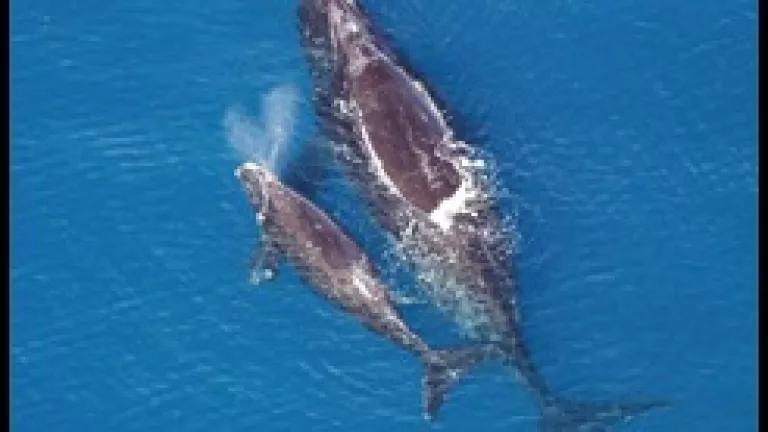
After a bit of a hiatus, here’s some good news from the close of the ‘aughts and the beginning of the….well, whatevers.
- The Brown Pelican flew off of the federal list of endangered species last November, marking final chapter in the comeback of this once-imperiled bird. Seriously, they’re all over the place out there.
- Siamese crocodile are one of the most endangered reptiles in the world—only about 250 are thought to exist in the wild. But, recently, the species prospects became a whole lot brighter when genetic testing discovered that 35 of the 69 crocodiles held at Cambodia's Phnom Tamao Wildlife Rescue Center were purebred Siamese. Hopefully, this is the beginning of a successful captive breeding operation (Hat tip: Extinction Countdown)
- Although I usually restrict these good news post to actual good news—that is, positive on-the-ground conservation stories, as opposed to legal victories and the like—it is worth noting that in the close of 2009 Alaska wildlife enjoyed a pair of very good critical habitat designations from the Obama Administration. First the U.S. Fish and Wildlife Service proposed designating over 200,000 square miles of sea ice and coastal denning habitat for the polar bear and, just a few weeks later, the National Marine Fisheries Service proposed designating much of Alaska’s Cook Inlet as critical habitat for the Cook Inlet population of beluga whales.
- Efforts to conserve the saiga antelope have yielded success in recent years, according to the RSPB. In order to better understand the species’ migration patters and aid in ongoing conservation efforts, 20 saiga antelope were just released back into Kazakhstan’s grasslands, where the largest herds can still be found. The Society has also launched a new effort to reintroduce endangered insects into parts of the UK.
- Wolf sightings have expanded in Oregon’s Cascade Mountains. Recently, probable wolf tracks were found in the Cascade Range’s Ochoco Mountains. Scientists are surprised at the increased reports of wolves in the western part of the State, as many had expected wolves to fill up available habitat in eastern Oregon before moving west.
- WFPL Radio has a nice story about successful efforts to captively breed and reintroduce endangered mussels to rivers and streams in Kentucky. Over the last couple of years, biologists have learned how to reliably breed the endangered mussel species in tanks.
- Peru has announced plans to permanently preserve 350,000 acres of “guano areas”—coastal nesting habitat—to help the country’s bird populations. Among the birds that will benefit from the new protections are the endangered Humboldt Penguin and the Peruvian Diving-petrel.
- The new year also began on a positive note for researchers at the Provincetown Center for Coastal Studies, who have learned that a young right whale feared dead may actually be alive. Right whales are one of the most imperiled species of baleen whales. With this species, every calf saved means a ton (ha, ha, get it?).
- Finally, this month Tanzania announced that it will expand Tarangire National Park, home to largest concentration of elephants in East Africa, following the completion of negotiations with several local villages.
Related Issues
Nature & Wildlife




